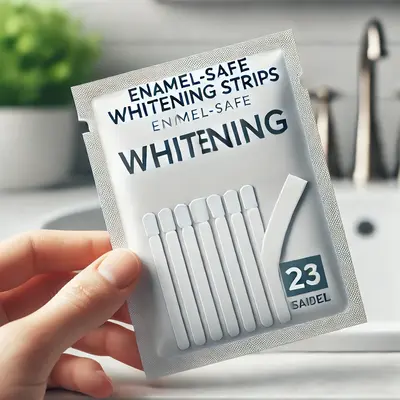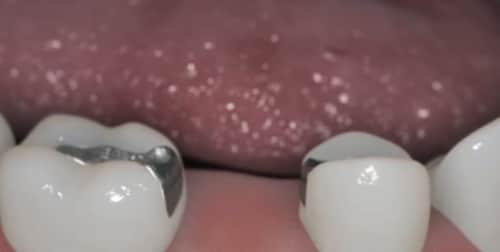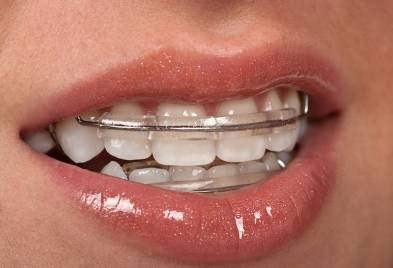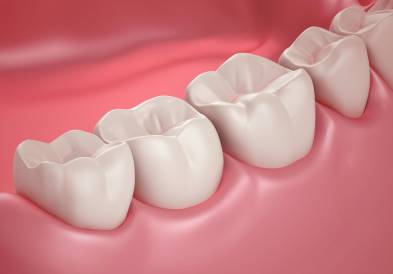Teeth whitening is not just a trend; it’s practically a rite of passage in today’s beauty and self-care landscape. Among all the available options, whitening strips have carved out a particular niche thanks to their convenience and affordability. But there’s one question that keeps coming up: Are whitening strips safe for your enamel? If you’ve wondered about this, you’re not alone. Let’s explore the science, the facts, and what makes some whitening strips safe (or unsafe) for your precious enamel.
What Are Whitening Strips and How Do They Work?
Whitening strips are thin, flexible plastic strips coated with a peroxide-based gel. This gel contains either hydrogen peroxide or carbamide peroxide, which act as the active whitening agents. The peroxide penetrates the enamel to break down stains and lighten the color of your teeth. But here’s where it gets interesting: while whitening is all about brightening, it also involves a balance between results and safety for your enamel.
According to a 2022 survey by the American Dental Association (ADA), 57% of respondents indicated a concern about enamel erosion when using whitening products. These fears aren’t unfounded, as inappropriate use or overly aggressive whitening can damage the tooth surface. So, understanding the safety profile of these strips is crucial for anyone considering at-home whitening.
The Science Behind Enamel Safety
Enamel is the hardest substance in the human body, but that doesn’t mean it’s invincible. Dr. Allison Matthews, a dental specialist with over 15 years of experience, explains: “Enamel is like a shield for your teeth, but it’s also vulnerable to acidic or harsh agents. Whitening strips must strike a fine balance—they need to be effective in lifting stains while being gentle enough not to erode enamel.”
The key is in the concentration of peroxide. Most enamel-safe whitening strips contain 6-10% hydrogen peroxide or 20-30% carbamide peroxide. Higher concentrations can lead to increased sensitivity and enamel weakening. In contrast, enamel-safe products are formulated to deliver results without risking permanent damage, typically by limiting the peroxide content to safe levels and recommending proper usage guidelines.
Common Whitening Strip Ingredients: Are They All Safe?
Let’s take a closer look at what’s actually in whitening strips and how these ingredients impact enamel. Here’s a summary of the most common ingredients:
| Ingredient | Purpose | Enamel Safety |
|---|---|---|
| Hydrogen Peroxide | Primary whitening agent | Safe up to 10% in concentration |
| Carbamide Peroxide | Breaks down into hydrogen peroxide | Safe at 20-30%, slower but effective |
| PVP (Polyvinylpyrrolidone) | Adhesive to keep strip in place | Generally safe, inert |
| Glycerin | Keeps the strip moist | No adverse effects on enamel |
| Flavoring Agents | Provides pleasant taste | Safe, though added sugars should be minimal |
The key takeaway is that not all whitening strips are created equal. It’s essential to read labels and choose products that clearly state they are enamel-safe.
Real-Life Implications: What Happens if Enamel Is Damaged?
Let’s talk about what happens when whitening strips are overused or improperly applied. Overuse of peroxide can lead to decalcification, a process that weakens the mineral content of enamel. Decalcification manifests as white spots on teeth and may lead to increased sensitivity. Dr. Brian Coleman, a dentist in New York, shares: “I’ve treated numerous patients who thought that more whitening meant better results, but instead they ended up with sensitive teeth and visible enamel wear. It’s crucial to follow product instructions strictly.”
In more severe cases, enamel damage is irreversible. Enamel does not regenerate, and if lost, it can leave your teeth vulnerable to cavities and decay. The irony is that trying to achieve a brighter smile could lead to more dental issues if proper care isn’t taken.
How Do Enamel-Safe Whitening Strips Compare to Other Whitening Methods?
There are many ways to whiten your teeth, but how do whitening strips stack up compared to other options?
| Whitening Method | Average Cost (USD) | Effectiveness | Enamel Safety |
|---|---|---|---|
| Enamel-Safe Whitening Strips | $20 – $50 | Moderate | Safe with proper use |
| Professional In-Office Whitening | $500 – $1,000 | High | Very safe, dentist-controlled |
| Whitening Toothpaste | $5 – $10 | Mild | Generally safe, limited effect |
| DIY Remedies (e.g., Baking Soda) | $1 – $5 | Low | Risk of enamel abrasion |
Professional whitening performed by a dentist is typically the safest and most effective option, as it is controlled by a professional who can adjust the concentration of peroxide and monitor the enamel’s health. However, professional treatments can be costly, leading many to opt for strips as a more affordable and convenient alternative.
Enamel-safe whitening strips are positioned as a good middle-ground option—they’re significantly less expensive than in-office treatments but offer more noticeable results than whitening toothpaste. However, they require careful use to ensure enamel protection.
What to Look for in an Enamel-Safe Whitening Product
When selecting whitening strips, it’s important to prioritize products that carry the ADA Seal of Acceptance. This seal indicates that the product has been evaluated for both efficacy and safety, ensuring it won’t harm your enamel if used according to instructions.
Limit the Frequency: Stick to the recommended usage schedule—usually no more than once per day for a period of 10-14 days. Overuse is the primary cause of enamel issues related to whitening strips.
Sensitivity Indicators: If you notice heightened sensitivity, it’s a signal to reduce frequency or stop altogether. In fact, 30% of users report mild sensitivity while using whitening strips, but this should subside once the treatment is stopped.
The Editorial Team’s Advice for a Brighter, Safer Smile
The world of teeth whitening can be confusing, especially with so many products making big promises. If you decide to use whitening strips, make sure you pick those that are labeled enamel-safe, follow the directions to the letter, and never try to speed up the process by using them more frequently. Whitening is not an instant miracle; gradual improvement is both safer and more sustainable.
Consider speaking with your dentist before beginning any whitening treatment, especially if you have concerns about enamel health. They can provide personalized advice and may even recommend specific products that align with your needs. Your smile is an important part of who you are, and taking the right steps to care for it ensures it stays healthy, bright, and beautiful for years to come.






